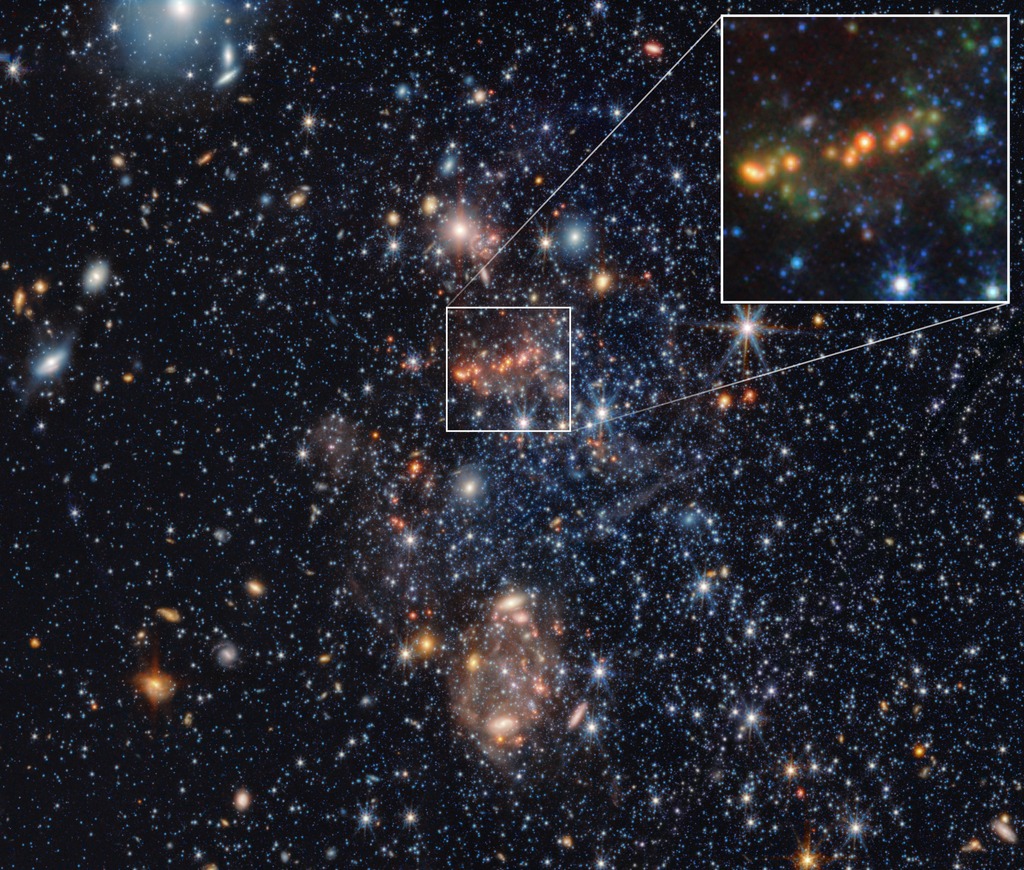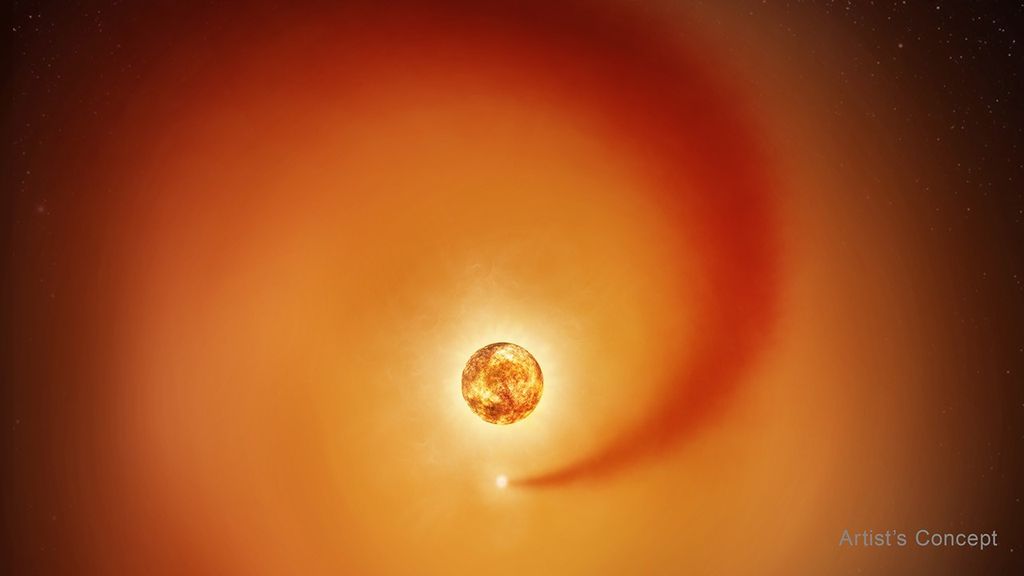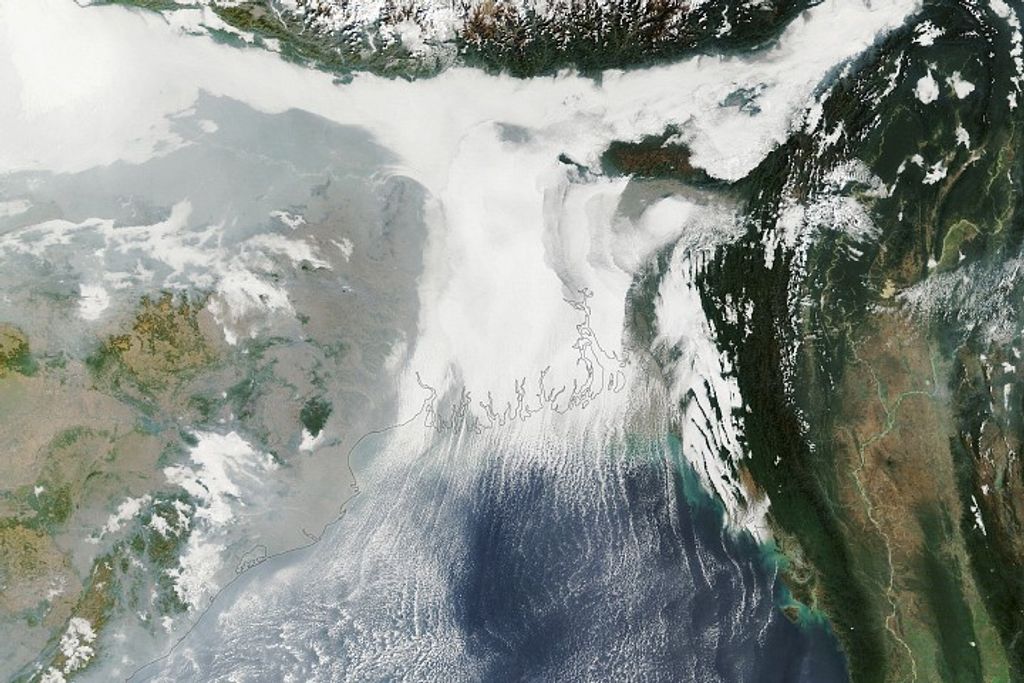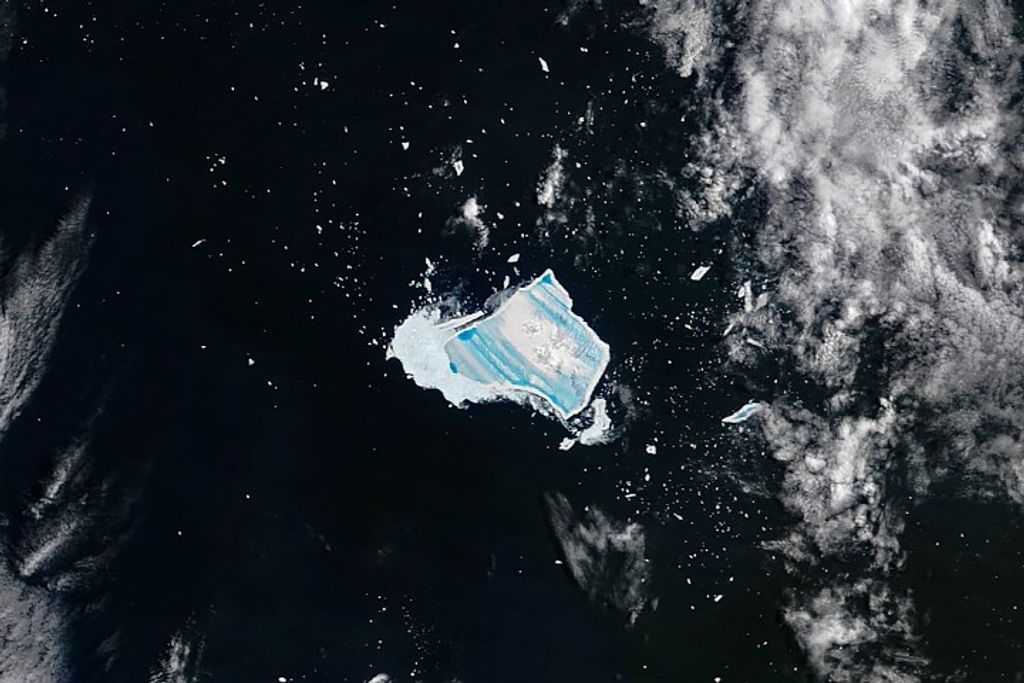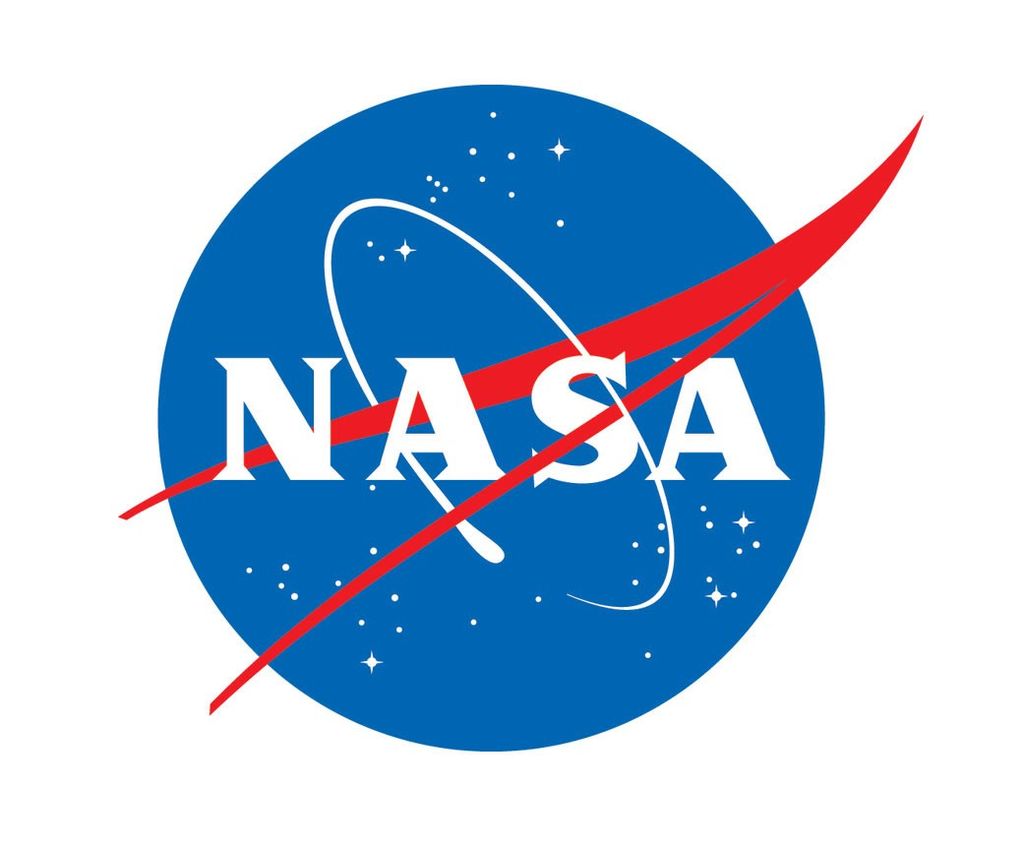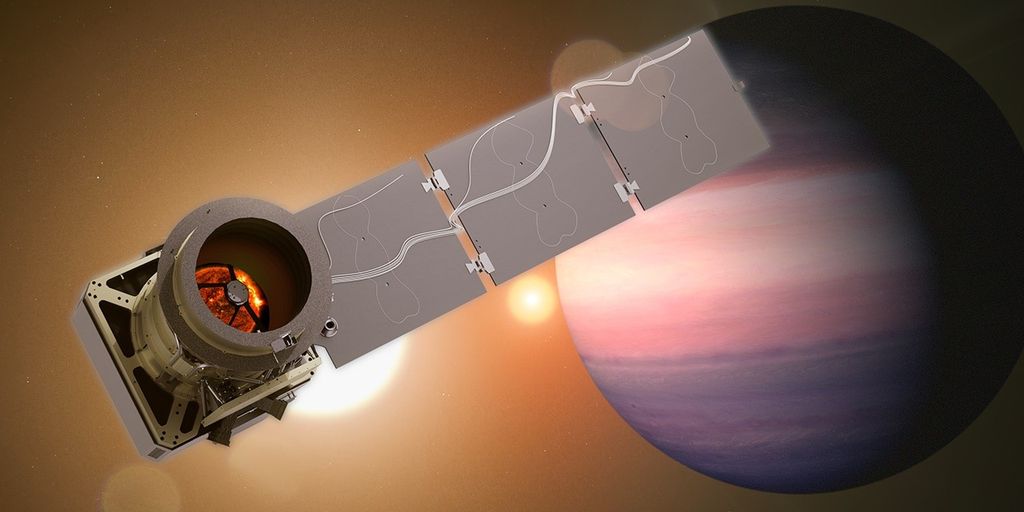Climate Change Stories
Filters
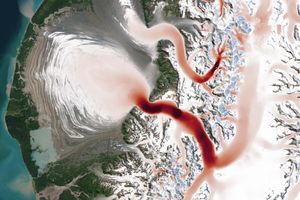
From Alaska’s Saint Elias Mountains to Pakistan’s Karakoram, glaciers speed up and slow down with the seasons.
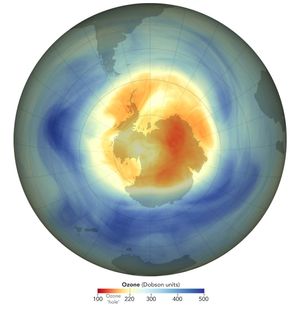
This year, the ozone hole over Antarctica reached its annual maximum extent on Sept. 9th, 2025, with an area of 8.83 million square miles.

The ozone hole over the Antarctic was small in 2025 compared to previous years and remains on track to recover later this century. The hole this year was the fifth smallest since 1992, the year a landmark international agreement to…

With the end of summer approaching in the Northern Hemisphere, the extent of sea ice in the Arctic shrank to its annual minimum on Sept. 10, according to NASA and the National Snow and Ice Data Center. The total sea…
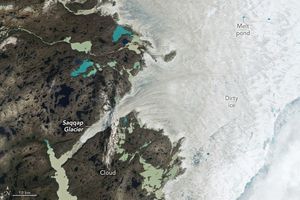
A moderately intense season of surface melting left part of the ice sheet dirty gray in summer 2025, but snowfall has since freshened its appearance.
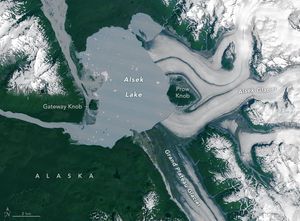
A landmass that was once encased in the ice of the Alsek Glacier is now surrounded by water.

A prolonged high-pressure weather system brought unusually warm September temperatures to British Columbia and the Pacific Northwest.

As Greenland’s ice retreats, it’s fueling tiny ocean organisms. To test why, scientists turned to a computer model out of JPL and MIT that’s been called a laboratory in itself. Runoff from Greenland’s ice sheet is kicking nutrients up from…

The outlet of Berg Lake, dammed by the Steller Glacier in Alaska, has been reconfigured after decades of ice retreat.

Iceberg A-23A continued to lose sizable pieces of ice during the 2025 austral winter, but it remained the planet’s largest freely floating berg.

